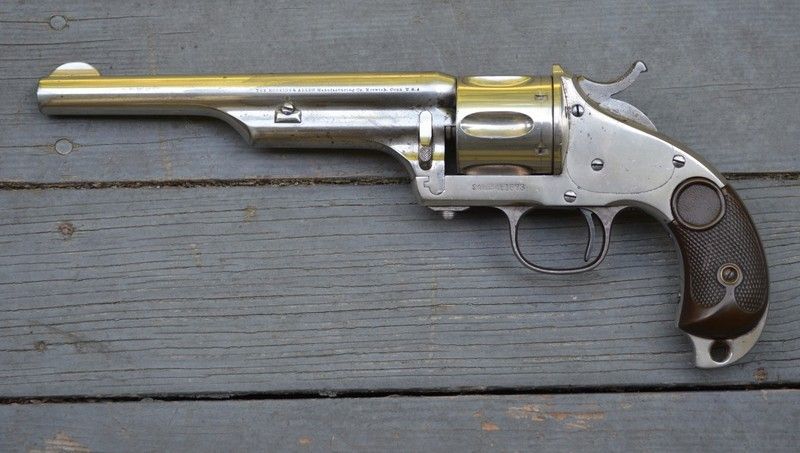Too little of a gap between the cylinder & forcing cone - and things can heat up enough & expand enough to lock up the cylinder in an extended shooting session. I had two S & W 66's that would do this when they were new. A trip to a reputable S & W smith & armourer could find nothing but he did say the gap was extremelt close, -- not .357 Mag. loads, just regular, not hot, .38 Spec. loads. This corrected itself in time.
As for the escaping gasses being able to do physical damage, there was a world class, competition shooter a while back, that while doing a 'press check' on his semi-auto, 1911 platform, had an unintentional discharge for some reason, he lost the flesh on the distal joint of his trigger finger. (Finger was over the guide rod, right next to the muzzle). This caused him problems in later competitions, as the RO would disqualify him for moving between stations with his finger seemingly, 'on the trigger'. Due to the last joint not being there, it looked like he had his finger on the trigger, an automatic DQ. -- I forget his name, maybe someone here remembers it. Be careful where you put your fingers.


